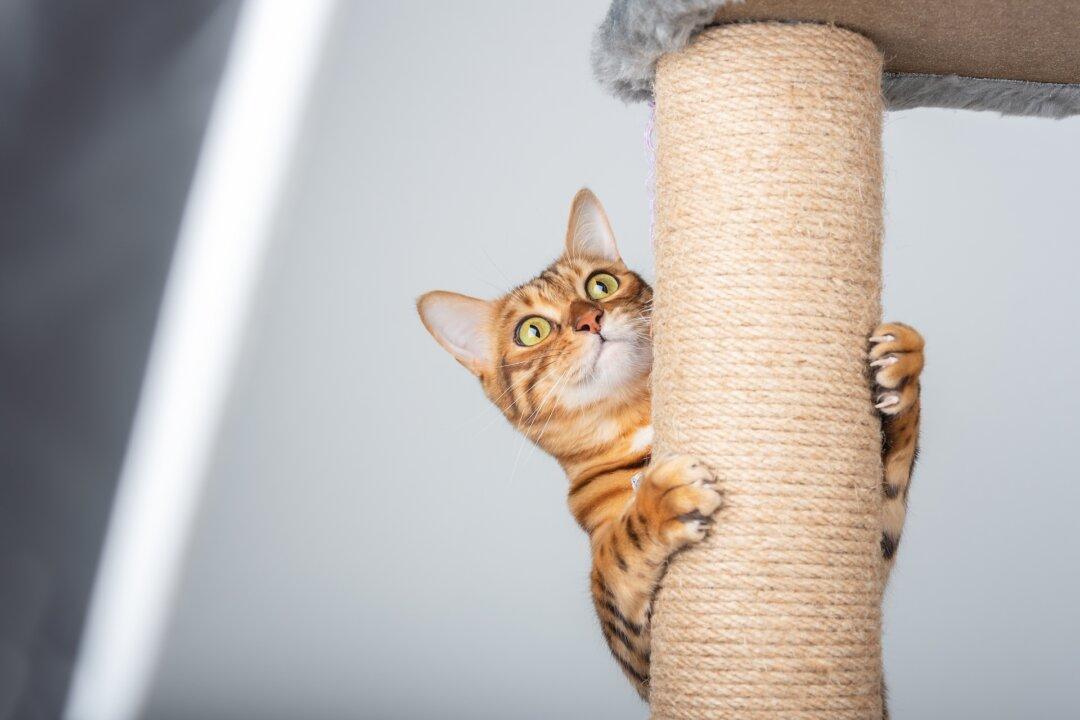Q: We read your column about the importance of not declawing cats—or, as you put it, amputating their toes. We’re convinced! Now our question is: What can we do to prevent our cats from scratching our furniture?
A: Multiple toe amputation, euphemistically called declawing, causes long-term medical and behavioral problems in cats. Readers who missed the column you cited are welcome to contact me for a copy.





